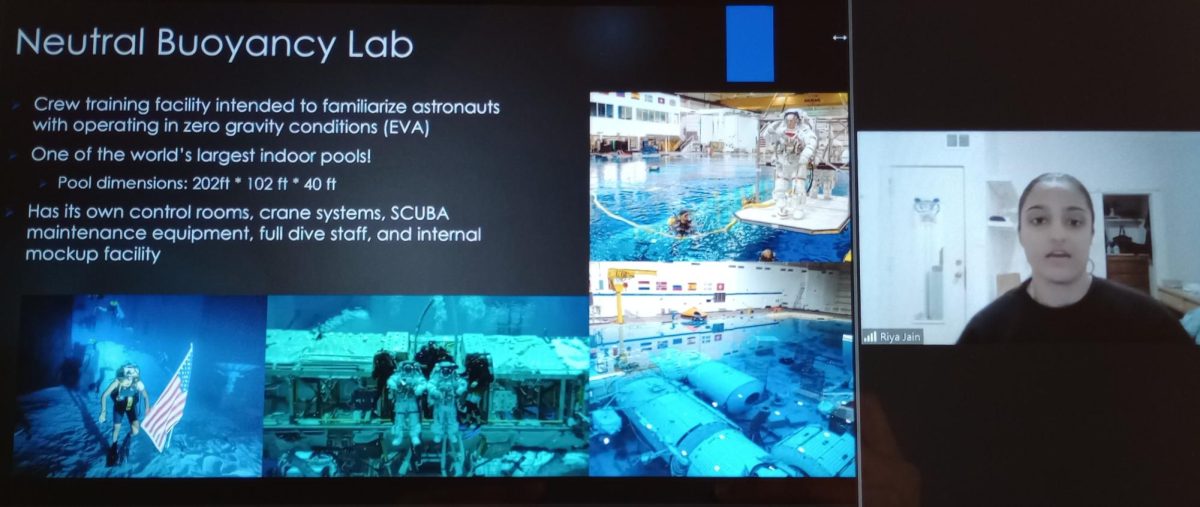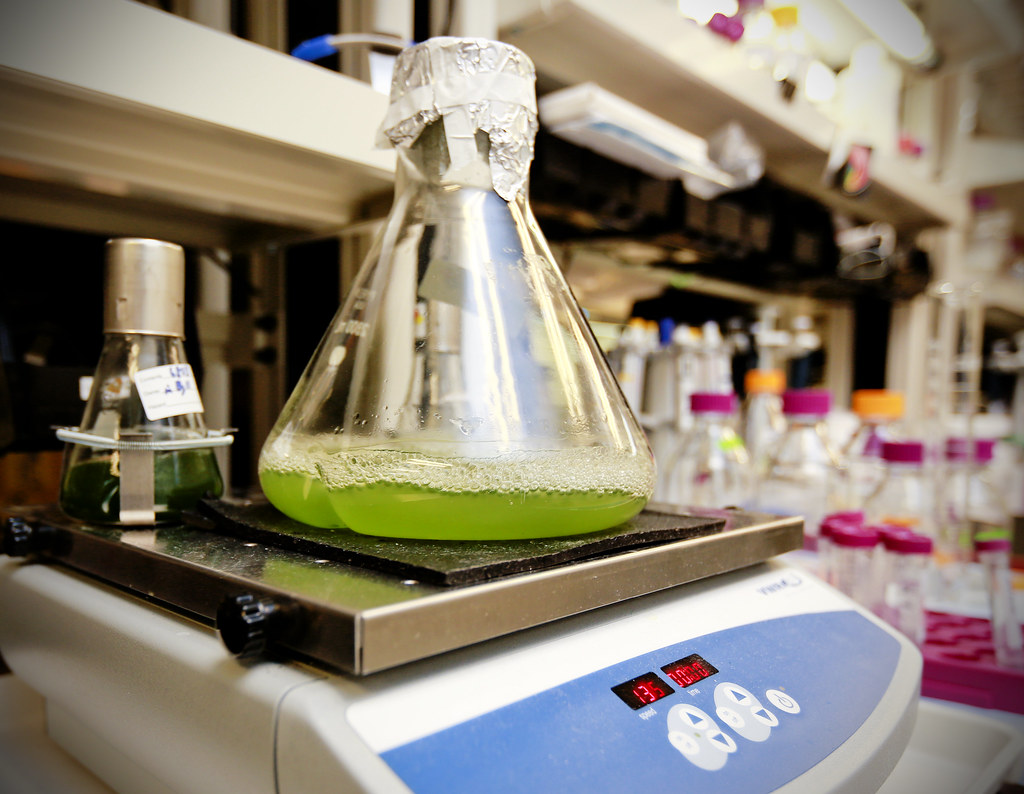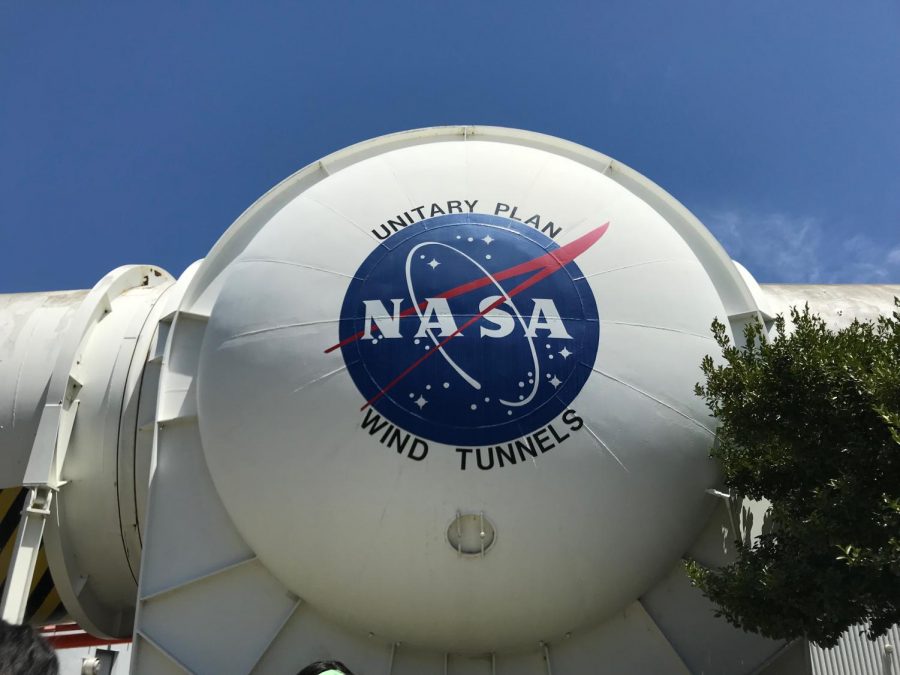To infinity, Mars, and beyond
We are truly living in unprecedented times. Such a motto is undeniably true to its bone, especially during 2020. But there are more factors making the 21st century as trailblazing than one might expect. For one, space exploration. More specifically, Mars.
But, why Mars? The answer to this question is simple as ever: Mars is Earth’s closest neighbor, it can be habitable with the correct measure taken, and of course, why not? Space exploration is exciting, innovative and contains the capability to expand technology to heights that could never be reached before. Mars happens to be the gateway into large-scale space exploration.
The road to Mars rests in the hands of SpaceX’s ambitious brainchild: the Starship. Powerfully innovative, the Starship is continually evolving, as SpaceX rapidly pushes out exciting launches throughout the United States in preparation for the first unscrewed test. Compelled by desire to put humans on the red planet, Paul Wooster, the principal Mars development engineer at SpaceX, gives insight into the timeline of the race to Mars, informing that, “This obviously is a very significant endeavor, something that will take many years, many decades even, to really achieve.”
Such a window of opportunity occurs during an orbital sync, a time period occurring every 26 months in which Mars aligns itself with Earth. In fact, the most recent window of opportunity was August 2020.
Recently, SpaceX offered an insight into the vision it has for the Starship’s journey to Mars. Initially, the starship, attached with the Starship Super Heavy Booster, an ignition will launch off raging into space, and when the spaceship finds itself in Earth’s orbit, a refueling tanker will launch.
This refueling tanker vehicle is fundamentally the Starship without windows. Here, the refueling tanker will supply a propellant of liquid methane and oxygen, resources that are able to be manufactured on the Red Planet due to its thin atmosphere, and embark on its journey back to Earth. From there, the Starship will continue its journey to Mars.
Upon entering Mars’ atmosphere, the Starship will be greeted with a blast of heat attacking the metals of the ship. To combat this harsh entry into Mars, the SpaceX team built a heat shield using important laws of aerodynamics and thermodynamics.
At Mars, the Starship will be refueled with Mars’ natural resources, H20 and CO2, in order to begin its ascent from Mars back to Earth. For now, the Mars journey is expected to be about 6 months, but SpaceX says it may trim the journey down to 4 months with a little more development on the journey concept and rocket itself.
At the forefront of the venture, Elon Musk thinks big and envisions endless possibilities with the Starship being developed.Musk writes in a tweet, “Building 100 Starships per year gets to 1000 in 10 years or 100 megatons per year or maybe around 100k people per Earth-Mars orbital sync.”
As per his revolutionary achievement of making rockets reusable, Musk, in yet another tweet, writes “SpaceX is aiming for an operational life of 20 to 30 years for each vehicle,” with the motive to create a sustainable city on the Red Planet.
Targeted for 2023, SpaceX’s first crewed mission will consist of a simple voyage around the moon, booked by Japanese billionaire Yusaku Maezawa.
However, the nature of living on Mars will be absolutely different from the way we are living on Earth right now. Initially, wearing Spacesuits everywhere you go on the red planet is a necessity. Weather on the red planet is extreme by all means, as the average temperature sits below zero degrees. More than often,The difference in temperature between days of the week is drastic. Scientists say the difference between the weather on an average Thursday compared to the weather on an average Friday could be 170 degrees.
To transform Mars into an Earth like planet, the first measure to take would be to warm the planet up, through speedily dropping nuclear bombs all over Mars or gradually creating greenhouse gas factories to thicken the atmosphere.
On a similar note, Mars isn’t exactly the planet where one could walk out and take a nice, refreshing breath of air. The red planet’s atmosphere is 95% carbon dioxide, which is good for the environment , but bad for people. To create more oxygen in the atmosphere, an abundant supply of seeds need to be planted throughout the grounds of Mars in order for plants to sprout and emit oxygen.
Back in June of 2020, NASA launched its Perseverance rover, which carries an experimental device named MOXIE, the Mars Oxygen In-Situ Resource Utilization Experiment. Essentially, MOXIE converts carbon dioxide to oxygen using a process called electrolysis. This oxygen could not only be used to help colonize Mars, but also help the Starship launch back to Earth from Mars.
As for building fully-fletched cities on the red planet, the pioneers who eventually reach Mars would have to adapt to new methods of life in order to create an entire infrastructure. NASA chief scientist Jim Green proposes “beans, asparagus and potatoes” as feasible crops for Mars’ distinct soil. To build homes, 3D printers will be used, with usage of Mars’ dust as material to print.
Undeniably, getting into the reservoirs of space exploration is exciting and innovative, especially as more and more test rockets are hitting the skies day by day at SpaceX. To get involved with SpaceX’s journey to space, you can subscribe to their YouTube channel where they deliver countless streams of rockets being built and launched.
The next exciting launch is the Crew-1 mission, a manned mission by SpaceX and Nasa with the destination of the International Space Station on Sunday, November 15 at 7:27 PM (May be postponed to different dates). This launch will be broadcasted on television channels around the world and will be able to be streamed on Youtube as well. You can watch the launch here: https://www.youtube.com/watch?v=21X5lGlDOfg&feature=emb_logo
Your donation will support the student journalists of Dublin High School. Your contribution will allow us to purchase equipment and cover our annual website hosting costs.


































